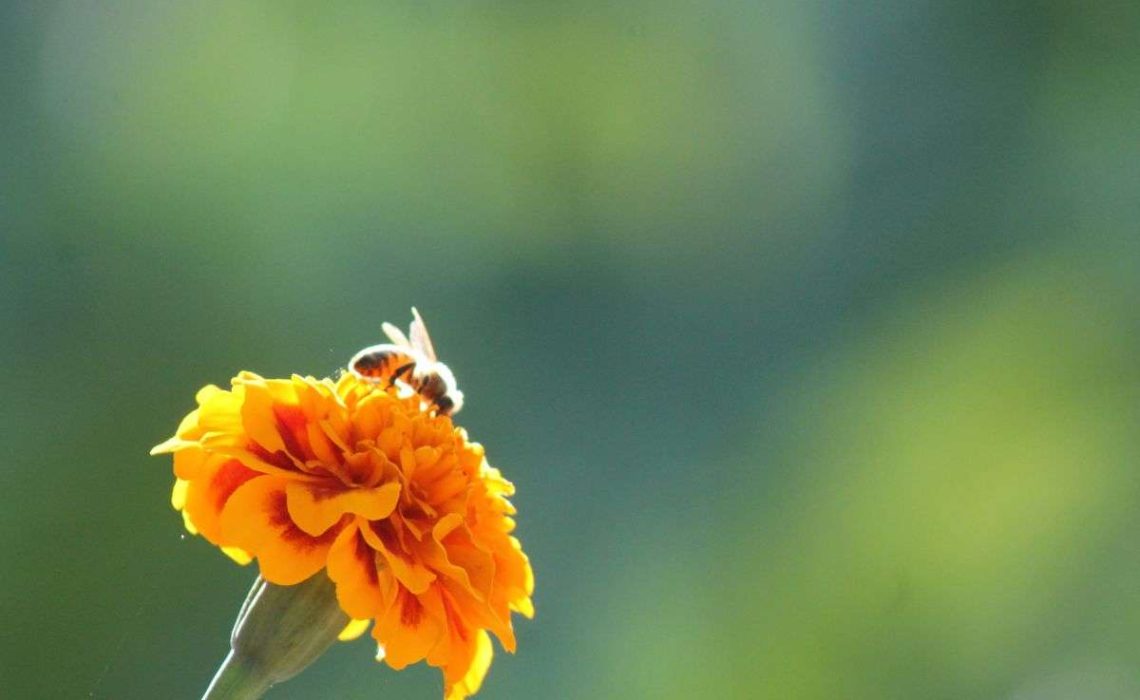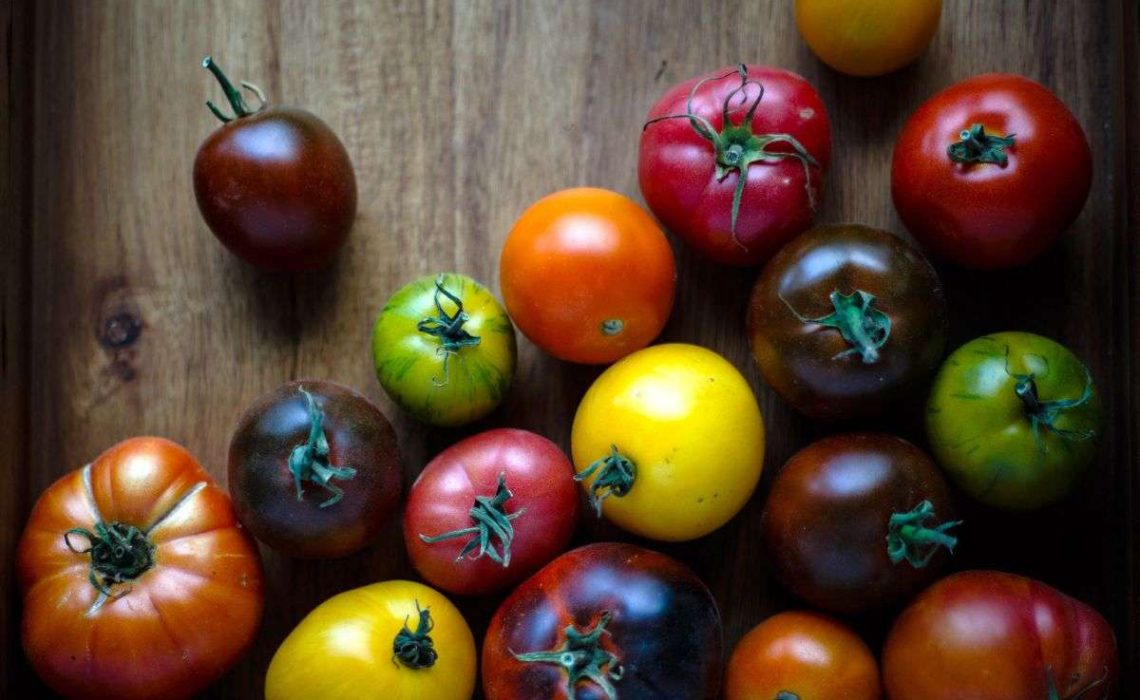Food Security
How 8,000 Food Forests Are Changing Africa
The Great Green Wall of Africa is a remarkable initiative. It consists of 8,000 diverse food forests strategically positioned—sometimes in peoples’ yards—to counter the southern advance of the Sahara Desert while providing multiple additional benefits.
Grass of the Gods
Every day, many people eat Grass of the Gods. In fact, Grass of the Gods has been eaten by humans for around 8000 years since it was first domesticated in what is now Mexico.
6 People Boosting Local Food Security by Saving Seeds
Maybe they’re not the flashiest of activities, but the ancient practices of saving seeds and embracing indigenous plants have become global game-changers for food security and biodiversity.
How Honey Bees Adapt To Changing Environments And Nectar Availability

Bees and their peculiar ways have fascinated citizens and scientists alike for ages. Now, a new study is shedding light on their adaptive feeding methods that help them access hard-to-reach nectar amid changing resource conditions.
Why Saving Heirloom Seeds Is So Important

Seeds are vital for life on Earth, but times for seeds have been tough lately. Luckily, though, there is still time to change course through simple actions, like saving heirloom seeds.
5 Reasons Why You Need A Food Forest, and How To Create One
Want a beautiful, abundant yard that provides tasty treats without requiring all the upkeep of a conventional lawn?
You need a food forest!
How Vertical Farming Can Improve Food Security

Is a future where our food is grown indoors, high enough to touch the sky, possible? It could be! With vertical farming, the sky is the limit.
Ugly food is back on the menu

When it comes to food and nutrition, it truly is what’s on the inside that counts! That’s why several businesses, individuals, and organizations are rethinking their approach to food in order to reduce food waste and improve food security.
